Scandal, Secret Tunnels and Sausages
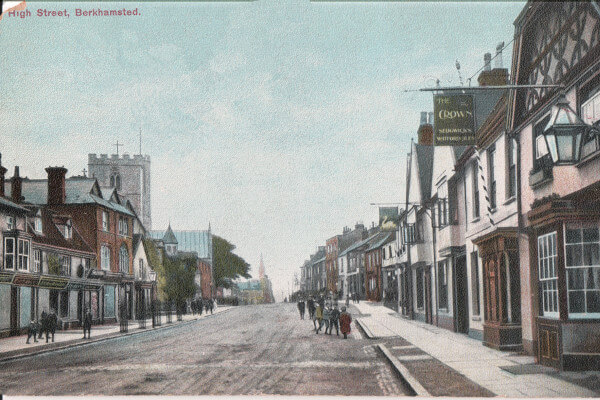
Many of us are really appreciating being able to pop to the pub for Sunday lunch or for a quick pint or glass of wine, so it seemed a suitable time to take a look at the history behind our local watering holes
Berkhamsted’s public houses have a lengthy history – in fact brewing and maltings was noted to be one of the town’s principal industries in the reign of Elizabeth I.
The Swan, for instance, is now the Swan Youth Project, but its position on the junction of an old Roman Road and Chesham Road (which rather interestingly was the main route between Berkhamsted and Windsor Castle) suggests that it was probably one of the town’s earliest inns. It’s also near a church, and legend suggests that the Swan’s cellar is linked by a secret tunnel to the church crypt – if you know anything about this, we’d love to know more!
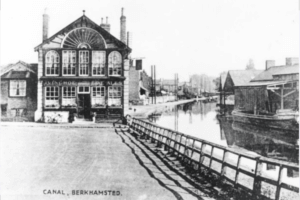
The Swan also has an interesting link with the Crystal Palace (find out more about its history). John Edward Lane (son of nurseryman Henry Lane) moved into the Swan in the mid-19th century and began to expand his brewing business by buying or building new pubs. It’s believed he built the Crystal Palace and Brownlow Arms (Chapel Street/Ravens Lane) and possibly the Gardeners Arms on Castle Street. He also bought The George in the High Street. Find out more about him.
The Cock (spelled Cokke originally), meanwhile, gave its name to the road it sat on – Cock Lane, which later became Cox’s Lane. And if you’re racking your brain trying to think where that is, don’t bother! That road is now the far-more familiar Kings Road.
Different pubs had different clientele – the Chaffcutter’s Arms in Highfield Road rather suitably was popular with farm labourers. While the Five Bells in the High Street counted both businessmen and bare-fisted fighters among its clientele – the yard at the back was the venue for many illegal bouts. Nearby was the Red Lion. We wonder what colourful characters may have frequented that inn when circuses were staged behind the pub?
Waggoners stopped for refreshment at Mill Street’s The Fish, and drovers would drop in to The Goat, and at The Cow Roast (or Rest).
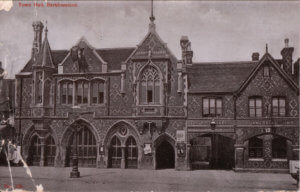
Wartime had a major effect on pubs, although they were viewed very differently in the two World Wars. In the 1940s they were considered an important part of keeping up morale, but during WWI, the War Minister David Lloyd George declared that: ‘We are fighting Germans, Austrians and drink, and so far as I can see the greatest of these deadly foes is drink’. Pubs were no longer allowed to open throughout the day, as the government wanted workers in the munitions factories to be sober and hangover-free! Pubs had to close by 9.30pm, and customers were banned from buying rounds. The duty on beer also trebled.
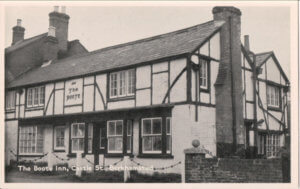
So it’s no surprise that Berkhamsted lost three pubs just after the war – Castle Street’s Boote, the Edward VI (originally the Henry VIII) and the Stag in Gossoms End. The Pheasant Inn in Northchurch also called last orders for the last time.
But there are still plenty of licensed premises to quench the thirst of locals, and some with colourful tales in their past, too. In the 19th century the Kings Arms was the main inn in the town and coaches would stop to change horses there on their way to and from London. One very important person stopped by frequently – the exiled King Louis XVIII of France. But it wasn’t the quality of the ale and food that attracted him, rather the landlord’s daughter Polly Page. This illicit scandal caused the outrage of the king’s minister, Count Talleyrand, not because they weren’t married, but because Polly was what he called a ‘paysan’ or peasant. Poor Polly!
Did You Know?
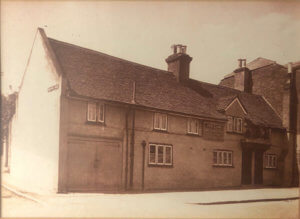
- The coat of arms shown on the Kings Arms’ sign actually belongs to Queen Anne.
- The Lamb has three front doors, and at one stage even had stables at the far end.
- First mentions of The Crown are in 1743, but its name changed in 1790. By 1850 it was the Crown again. It later had a number of name changes before reverting back to The Crown.
- The King Edward VI in Mill Street was once known as The Clown & Sausages. It was demolished in the 20th century.
With thanks to the Berkhamsted Local History & Museum Society
